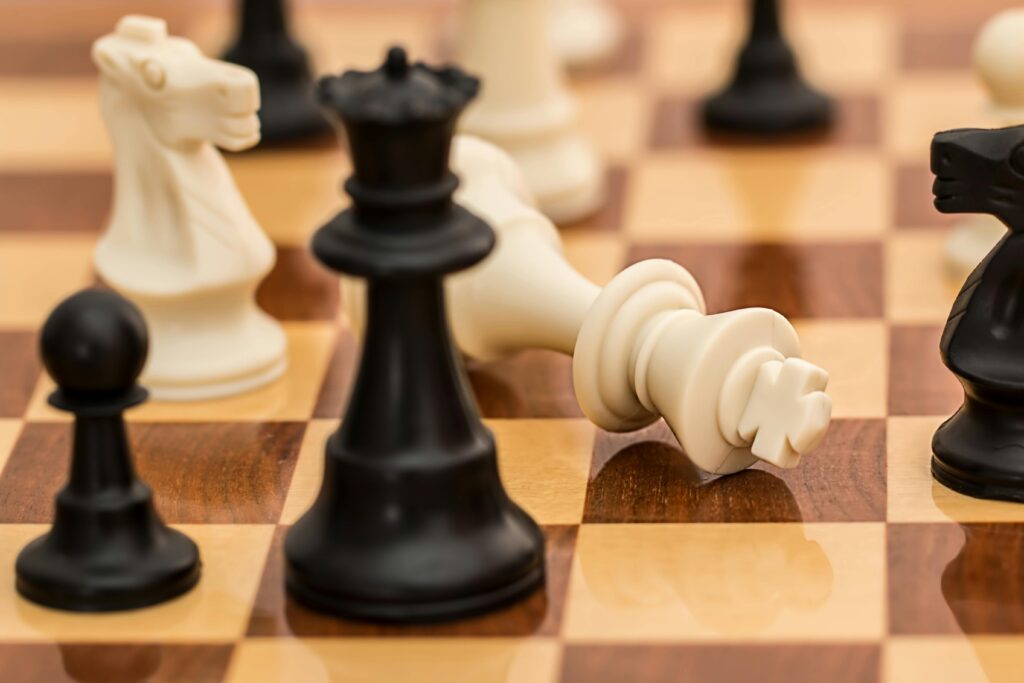| Mar 31, 2025
Trending

Chess is one of the most intellectually stimulating and strategically complex games ever created. With a history spanning over a thousand years, it has captivated players of all ages, from casual enthusiasts to world champions. The game is a blend of strategy, patience, and psychological warfare, making it both a competitive sport and a beloved pastime.
In this article, we’ll explore the origins of chess, its fundamental rules, strategies for success, and its continued relevance in the modern digital age.
The origins of chess can be traced back over 1,500 years to India during the 6th century. The game, known as Chaturanga, was an early form of that featured infantry, cavalry, elephants, and chariots, which later evolved into pawns, knights, bishops, and rooks.
From India, chess spread to Persia, where it became known as Shatranj. The game gained popularity in the Islamic world after the Muslim conquest of Persia and eventually reached Europe through Spain around the 10th century.
By the 15th century, chess underwent major changes, particularly in Europe. The queen and bishop became more powerful, increasing the speed and dynamism of the game. This version closely resembles the game we play today.
In 1886, the first official World Chess Championship was held, marking the beginning as a competitive sport. Since then, It has continued to evolve, with players like Bobby Fischer, Garry Kasparov, and Magnus Carlsen becoming global icons.
Chess is played on an 8×8 board with 64 squares, alternating between light and dark colors. Each player starts with 16 pieces, including:
Each piece moves uniquely:
A player wins the game by checkmating the opponent’s king. This means the king is under attack and has no legal move to escape.
Other ways a game can end:
Strong players focus on controlling the center squares (d4, d5, e4, e5), which allow greater movement and flexibility.
Instead of moving the same piece multiple times in the opening, it’s important to develop knights and bishops quickly and connect the rooks.
Castling is a special move that helps protect the king and connect the rooks. Most players castle within the first 10 moves.
Many games come down to a few pieces. Knowing how to checkmate with a king and rook vs. king or how to promote a pawn is critical.
With the rise of the internet, platforms like Chess.com, Lichess, and Chess24 have made the game more accessible than ever. Players can now compete against opponents worldwide, watch live tournaments, and analyze their games with AI engines.
AI has played a huge role development. Programs like Stockfish and AlphaZero have surpassed human players, offering deep insights into strategy and positional play.
Chess is used in schools to enhance critical thinking, problem-solving, and patience. Studies show that learning chess can improve mathematical and logical reasoning skills.
It continues to evolve with faster time formats like blitz and bullet chess gaining popularity. Additionally, interest in chess has surged due to Netflix’s “The Queen’s Gambit” and the growing influence of chess streamers.
As technology advances, chess will continue to inspire new generations, proving that this ancient game remains as relevant as ever.
Chess is more than just a game—it is an art, a science, and a test of intelligence. Whether you’re playing casually with friends or studying strategies to become a grandmaster, it offers endless opportunities for learning and growth.
As we move forward into an increasingly digital world, chess continues to thrive, bridging the gap between tradition and technology. If you haven’t started playing yet, now is the perfect time to begin your journey into this fascinating and timeless game.
No matter your skill level, chess has something to offer. So, set up a board, make your first move, and enjoy the game that has fascinated minds for centuries!♟️

Stay ahead with the latest trends! Subscribe now to receive exclusive insights, industry news, and timely updates straight to your inbox. Don’t miss out on valuable content—join us today